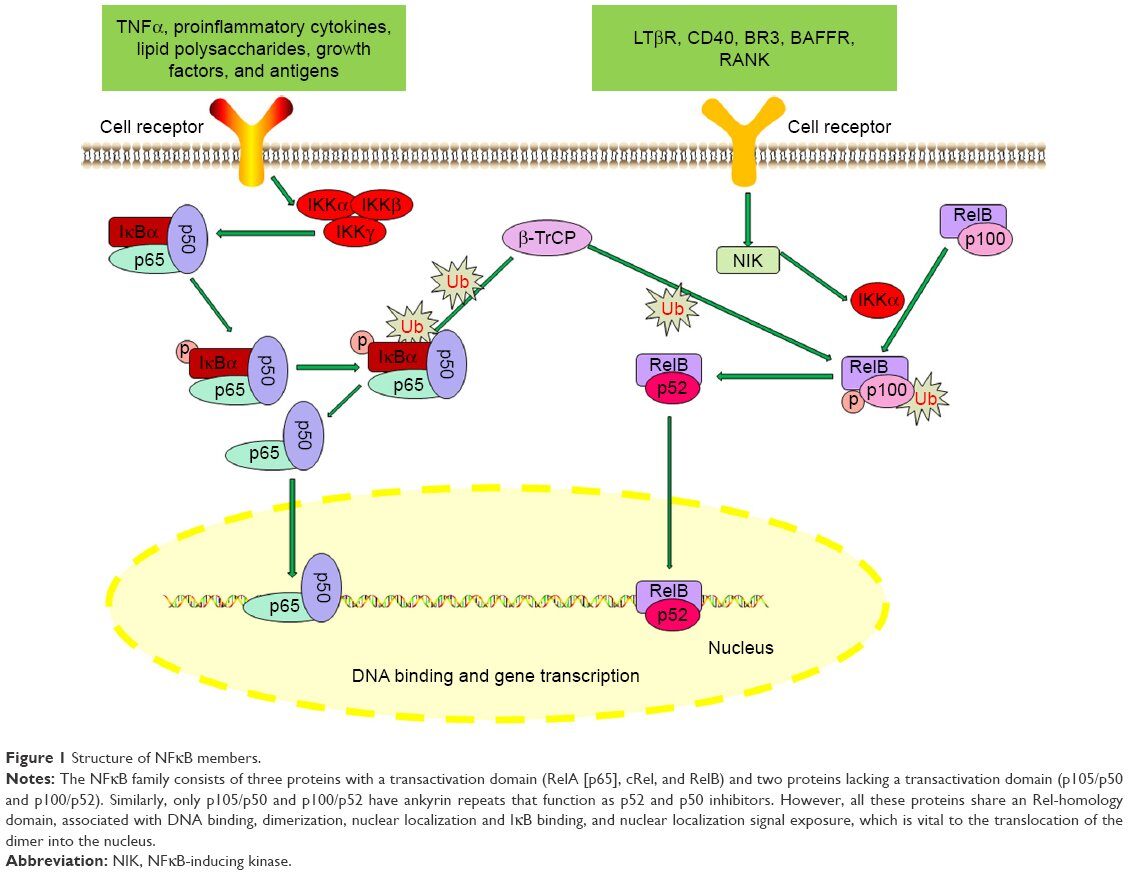Imagine being a lonely macrophage wandering about blindly in the body. It is able to "eat" bad cells, but would be unaware of nearby enemies needing to be eaten. It would be like a soldier without orders. A soldier needs to read or hear what to do, when to do it, and where to do it. Essentially, the soldier relies on communication from the chain of command. In the army, that communication is done using human language or codes. What language or code informs a macrophage that it is time to eat the enemy? And what form does this language take?
Six Codon "Words"
UCLA scientists, publishing in Immunity from Cell Press, believe they have intercepted the language used to activate macrophages. It was like breaking coded communications in wartime. The language takes the form of codons that are delivered in specific time sequences. So far, Adewunmi Adelaja et al. have identified six of the codon "words" that stimulate macrophages to search and destroy pathogens. A summary of the paper by Stuart Wolpert from UCLA compares this to finding the Rosetta Stone:
"Cells have evolved an immune response code, or language," said senior author Alexander Hoffmann, the Thomas M. Asher Professor of Microbiology and director of the Institute for Quantitative and Computational Biosciences at UCLA. "We have identified some words in that language, and we know these words are important because of what happens when they are misused. Now we need to understand the meaning of the words, and we are making rapid progress. It's as exciting as when archaeologists discovered the Rosetta stone and could begin to read Egyptian hieroglyphs." [Emphasis added.](Note: Substituting "are equipped with" for "have evolved" increases the clarity of the first sentence.)
How is the language communicated and understood? Macrophages obviously do not have ears or mouths. They do, however, have receptors that bind to codons from the "central regulator" in the nucleus.
Immune cells in the body constantly assess their environment and coordinate their defense functions by using words — or signaling codons, in scientific parlance — to tell the cell's nucleus which genes to turn on in response to invaders like pathogenic bacteria and viruses. Each signaling codon consists of several successive actions of a DNA binding protein that, when combined, elicit the proper gene activation, in much the same way that successive electrical signals through a telephone wire combine to produce the words of a conversation.Siri Has Nothing on This
Imagine if you could tell Siri, "Tackle that purse snatcher wearing the black shirt running east" and the voice-recognition AI software would not only understand the words but go do the job. This is terrific. Now the remarkable specificity of the immune system starts coming into focus. It is mediated by a language!
A good defense system must be targeted and specific. If the orders are not clearly specified, Siri might attack any passerby or even the owner. The authors proved this by mixing up the words. They found that garbled signals could lead (in mice) to Sjögren's syndrome, an autoimmune disease that attacks the body's cells in the face, leading to dry eyes and a dry mouth. The condition is often associated with other immune disorders like lupus and rheumatoid arthritis.
The findings, the researchers say, suggest that Sjögren's doesn't result from chronic inflammation, as long thought, but from a codon-word confusion that leads to inappropriate gene activation, causing the body to attack itself. The next step will be to find ways of correcting the confused word choices.What do the words look like? They are molecules that travel in "signaling pathways" in the cell. "The transcription factor NFκB is one of these signaling pathways," Wolpert explains, "and is recognized as a central regulator of immune cell responses to pathogen threats." Central regulation conjures up military analogies:
Many diseases are related to miscommunication in cells, but this study, the scientists say, is the first to recognize that immune cells employ a language, to identify words in that language and to demonstrate what can happen when word choice goes awry. Hoffman hopes the team's discovery will serve as a guide to the discovery of words related to other diseases.
"The macrophage is capable of responding to different types of pathogens and mounting different kinds of defenses. The defense units — army, navy, air force, special operations — are mediated by groups of genes,"he said. "For each immune threat, the right groups of genes must be mobilized. That requires precise and reliable communication with those units about the nature of the threat. NFκB dynamics provide the communication code. We identified the words in this code, but we don't yet fully understand how each defense unit interprets the various combinations of the codon-words."However it takes place, the response must be carried out with great specificity. One doesn't want the air force to respond to an infantry situation by bombing the bridges needed by the soldiers.
Identifying the six words in the code was hard work. The team analyzed how 12,000 cells responded to 27 threat situations. Watching the NFκB dynamics yielded 900 potential words. Some old World War II tech aided the next step.
Then, using an algorithm originally developed in the 1940s for the telecommunications industry, they monitored which of the potential words tended to show up when macrophages responded to a stimulus, such as a pathogen-derived substance. They discovered that six specific dynamical features, or "words," were most frequently correlated with that response.With machine learning, calculus and a computer model, they also found that the use of only five "words" reduced the ability of the responder to understand the signal.
The Language of Cells
Hoffman's team adds to work they did in 2014 about B cells in the immune system. UCLA reported then that "B cells produce antibodies 'when danger calls, but not when it whispers,' scientists report." Hoffman found that "It is critical for B cells to respond either fully or not at all. Anything in between causes disease." The search for the language of cells was his goal back then as the team sought to understand "threshold responses" between two molecules that activate each other. "One of these molecules, known as CARMA1, activates the other, IKKb, which further activates the first one," Wolpert wrote. That triggers B cells with a shout instead of a whisper.
"Positive feedback between the two causes infinite growth, and once you trigger it, there is no way to turn it off until the smart bullets are shot," said Hoffmann, whose research aims to understand and decode the language of cells. "But a second feature of positive feedback is that it can create a threshold only above which this runaway activation occurs."In their Immunity paper this year, Hoffman, Adelaja and the other four team members explain key differences between this immune language and the genetic code. Based on the description, they might be compared with battlefield shouts under fire (the immune code) with policy documents at headquarters (the genetic code).
The present study identifies six informative dynamical features (signaling codons) within diverse temporal NFκB activation dynamics in macrophages. It is likely that in other stimulus conditions or cell types, or when studying other signal transducers, other dynamical features may be identified that are critical for accurate classification of immune threats. Thus, signaling codes are not as universal and uniformly precise as the genetic code, but context dependent, evolving, and subject to imprecision, as oral language. While we show that the stimulus-specific deployment of two signaling codons is defective in macrophages derived from a Sjögren's mouse model, we have not shown whether or how that defect causally relates to the reported loss in stimulus-specific gene expression. Furthermore, whether or how those molecular-level observations causally relate to the pathology of Sjögren's syndrome in humans requires further study — the current work merely motivates the articulation of a hypothesis: that the etiology of some inflammatory diseases may be signal confusion based on defective signaling codon deployment.And thus, information-theoretic design once again serves as a stimulus for scientific research. Any developments in biology that refer to coded information that is specific in both spelling and sequence is bound to be of interest to design advocates, while challenging to believers in the sufficiency of unguided natural processes.





Reader Comments
Please, note that vaccines act upon the immune system, interfering somehow.